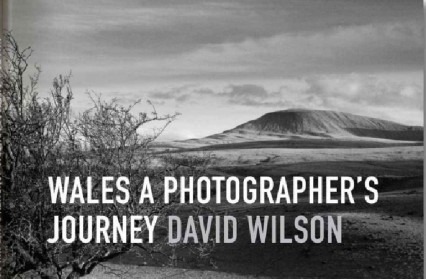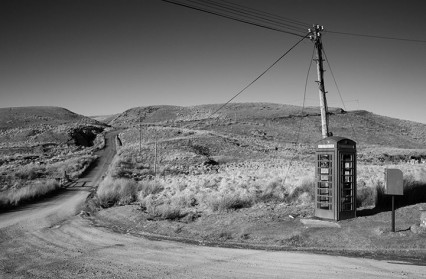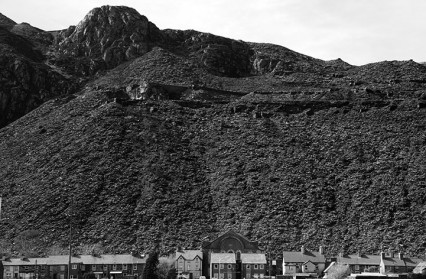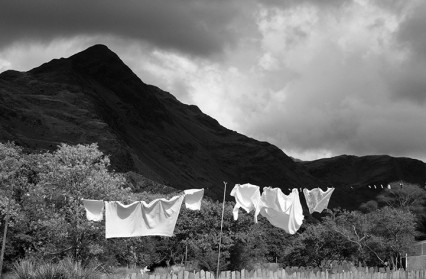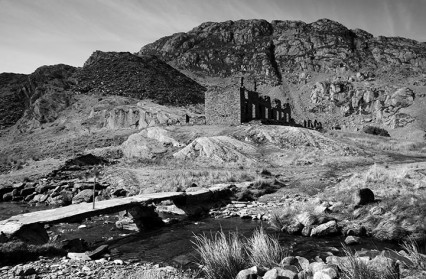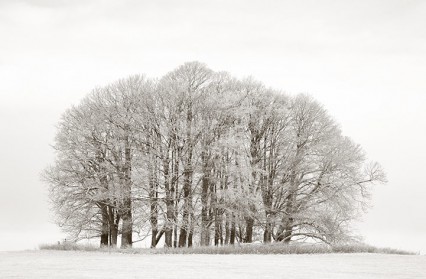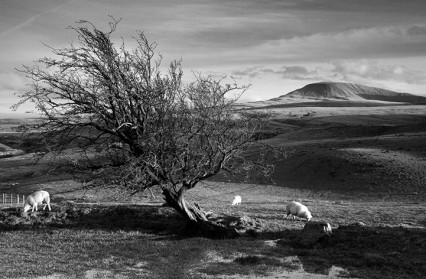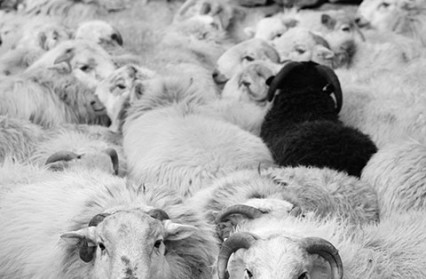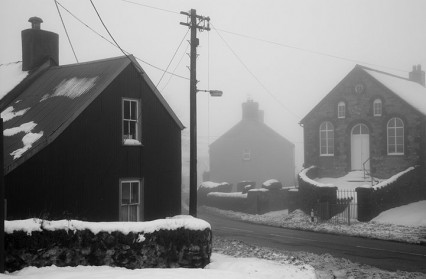Dylan Moore delves into Wales: A Photographer’s Journey, a new collection of photographs from David Wilson.
Wales: A Photographer’s Journey has a foreword by Griff Rhys Jones and an introduction by the photographer, David Wilson, himself. There is nothing wrong with either preamble, but I’d still recommend turning directly to the photographs.
It is hard to know the audience for this lavishly produced coffee table volume. Its price is prohibitive to much of the Welsh public and its billing as A Photographer’s Journey seems to hint at a personal project with little wider resonance. We all have a Wales, of course, our own favourite nooks and crannies in this country of ‘breathtaking landscapes’ and ‘enchanting stories’. This is simply Wilson’s Wales.
If Wilson’s self-defined ‘essays’ stood as text alone, they would not be of huge interest to the general reader. But accompanied as they are by the most magnificent photographs – which mange to capture the unkempt beauty of Wales in a way that is both old and new, ancient and modern – there is enough to enthral and enthuse even the most passing of interests in the craft of how such a technical art is carried out – quite literally – in the field.
Arranged into 36 small groups of images, with prosaic titles that become hugely evocative by association – ‘Black Mountain, Brecon Beacons’, ‘Dysynni Valley, Snowdonia’, ‘Trinant, Preseli Hills, Pembrokeshire’ – there is no attempt for an even geographical spread. The photographic locations map included as an appendix reveals the preponderance of the three National Parks. The Brecon Beacons account for four of the photographic essays (I was delighted to find a panoramic vista of my own filltir sgwar, the landscape of my childhood, featured on pages 128-9); Snowdonia accounts for seven sections; Pembrokeshire manages eight, putting one in mind of Marc Rees’ poetic phrase about Barmouth, ‘For Mountain, Sand and Sea’, three of Wales’ distinctive elements.
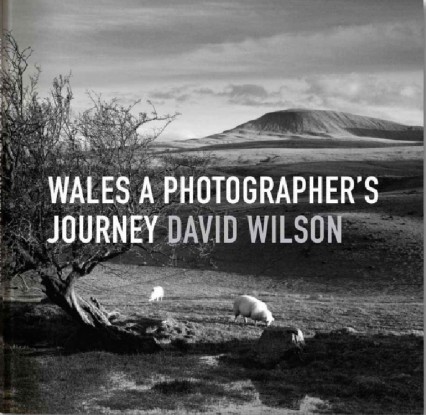
This is an unashamedly rural collection. Graffeg has already been responsible for some fantastic photographic evocations of the new urban cultures of Wales. As well as the national parks, Wilson’s lens also takes us to Carmarthenshire, the Gower peninsula and remote spots in Powys, Ceredigion and Gwynedd. All of the photographs are in black and white, monochrome accentuating the beauty of snow-covered forests, whitewashed farmhouses and morning mists as well as highlighting Wilson’s absolute mastery of light and shade.
The photographer is at home with interiors – from the majesty of St David’s Cathedral to the intimacy of Dylan Thomas’ writing shed – but obviously prefers the stark grandeur of the great outdoors. The book is a reminder for those who live here – perhaps, mostly, those who live in the towns and cities of Wales – of the beauty beyond our doorsteps, and would serve as a fantastic introduction, an advert for the country, to those who have never been here.
Personally, I love the way Wilson’s Wales intersects with and crosses paths with my own. His inclusion of secondhand bookshops in Hay and Laugharne mark him out as a bibliophile and his particular interest in how human activity interacts with the landscape makes for evocative images of roads, fences and telegraph poles disappearing into the middle-distance with a romanticism as well befitting here as the American West. The mini-essays too reinforce that this ‘Photographer’s Journey’ was one of how he got there. There is a story behind each of these images; they are not simply moments captured in time.
And it is this sense of narrative that will keep this volume out on the coffee table for a long time to come. The image of three sheep staring full-face down the photographer’s lens that appears on page 85 has the potential to become as iconic as the Pontypool front row, but it is the subtlety of some of the other images that have the potential to grow, like really good poetry, slow-burning themselves into the consciousness until they form part of your mental landscape. Those who make the substantial investment in this book will, I have no doubt, be honouring David Wilson’s journey by beginning one of their own.
A selection of images from ‘Wales:A Photographer’s Journey’


